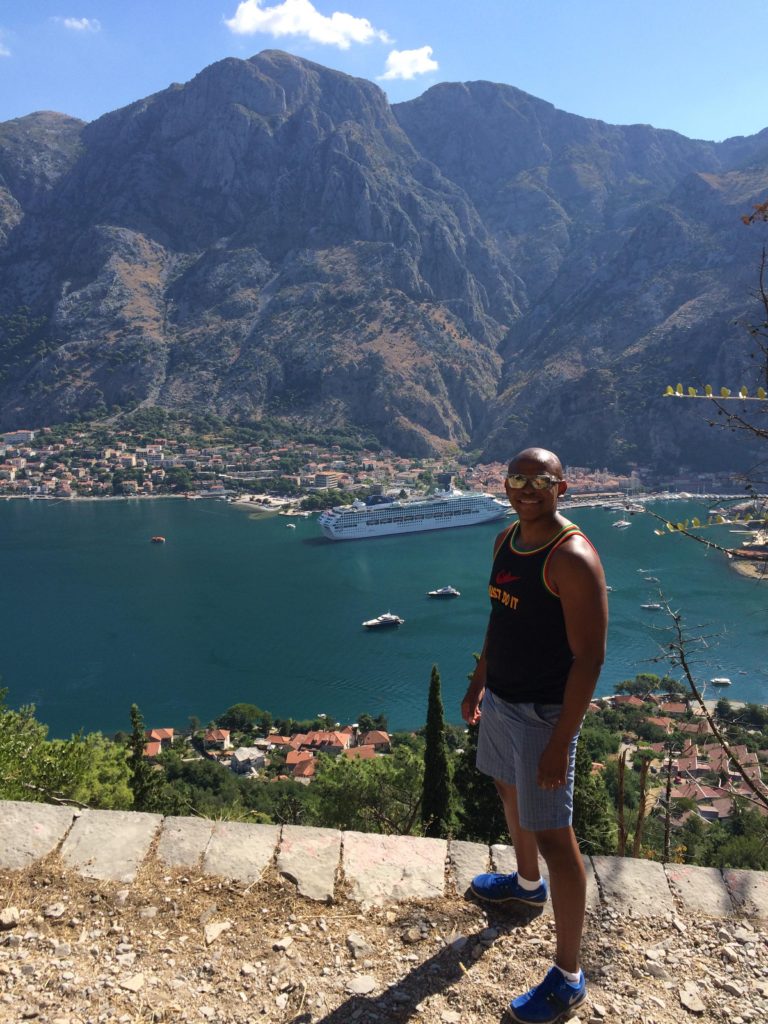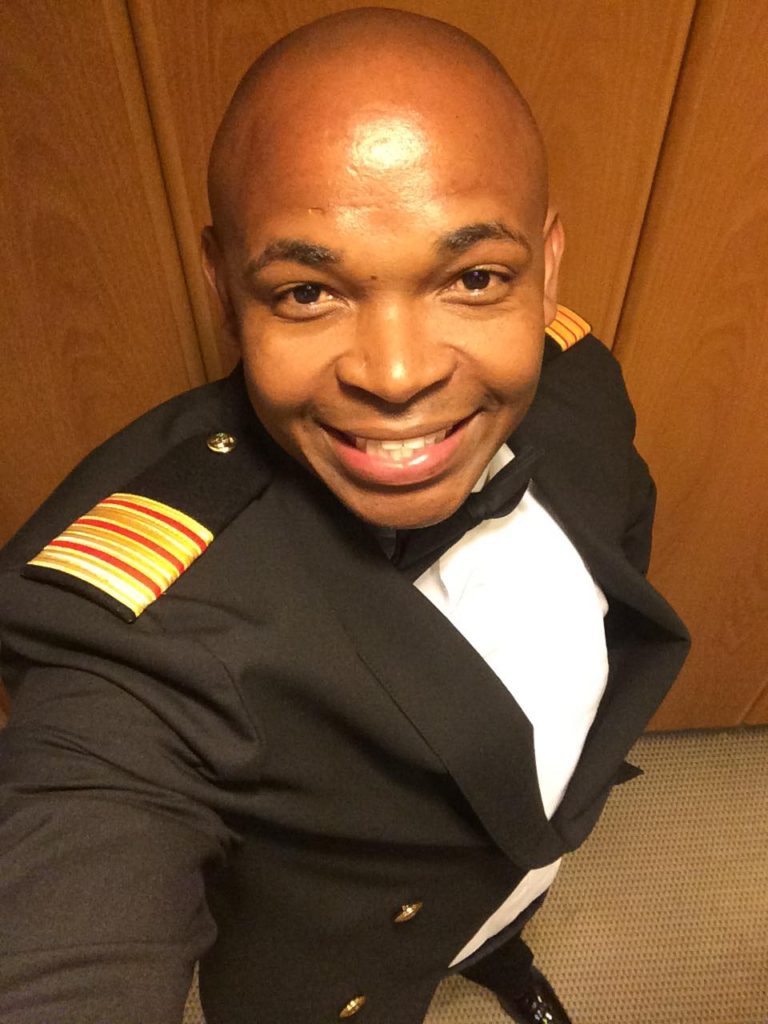If you are new to cruising, you may not know that cruise ships have their own medical centres on board. Regular cruise passengers will be aware of the medical team, and some of you may have even visited the doctor or nurse while on a ship. But have you ever wondered what it must be like to work as a medic at sea?
For my latest officer Q&A I spoke to Doctor Melvin Babi, a senior doctor on board the P&O Cruises ship Oceana. I have sailed with Doctor Babi on Oceana, and he is extremely popular with passengers and crew alike. He always shows kindness, positivity and compassion for others.
How long have you been working on cruise ships and which ships have you been on previously?
I have had the privilege of working at sea for over 5 years and have worked on many ships for P&O Cruises and Cunard. These include Oceana, Oriana, Aurora, Azura, Queen Mary, Queen Victoria and Queen Elizabeth.

What made you decided to work as a doctor on cruise ships?
A very good friend recommended exploring the idea of working at sea. I was ready for a new challenge after working in extremely busy South African hospitals for 5 years. The travelling aspect, as well as the financial benefits, appealed to me and I was ready for a new challenge.
What do you enjoy most about working on cruise ships?
I absolutely love meeting the many different individuals from all over the world and the fact that no two days are ever the same. I love waking up in a new place every day. I love the ambience on ships and I find being in the middle of the ocean very soothing.
Can you tell me a little bit about the medical team, what you do and how many people are in the team?
Currently onboard Oceana we have a team of 2 doctors and 3 nurses. We primarily care for the mental and physical wellbeing of the crew, as well as that of the guests. As you can imagine, working in the medical team at sea isn’t just dealing with Norovirus, but also potentially life threatening situations like heart attacks, heart failure, strokes, serious lung infections and broken bones.
What should a passenger do if they need to visit the medical centre on a ship?
We run two different two hour clinics a day, one in the morning and one late afternoon. Outside of these hours, there is always an on call doctor and nurse ready to assist guests should they have an emergency. The medical team is available by calling 999 on any ships telephone (this phone number relates to P&O Cruises ships).
What is your favourite port of call?
I love Korcula in Croatia, with its picturesque surroundings, lovely food, vibrant culture and friendly people. I think Croatia as a country is absolutely beautiful and well worth a visit.
What advice would you offer someone considering becoming a medic on cruise ships?
Many medics on land naturally feel out of their comfort zone with the thought of working at sea. Remember you work as a team and naturally a team is comprised of individuals with various backgrounds and experiences. So do not let your medical background deter you from applying.
Working at sea requires you to do your basic emergency courses which includes basic life support (BLS) and advanced cardiac life support (ACLS) or advanced life support (ALS). Additionally, it is worthwhile doing paediatric advanced life support (PALS) or advanced paediatric life support (APLS) as well as advanced trauma life support (ATLS).
You can read more officer interviews on my Meet the Officer page.
You can keep up to date with all of my latest blog posts by subscribing for updates at the top of this page. I post content on my social media channels daily. To make sure you don’t miss out on exclusive photos and cruise news, you can follow me via the social links below.
Follow me on social media


